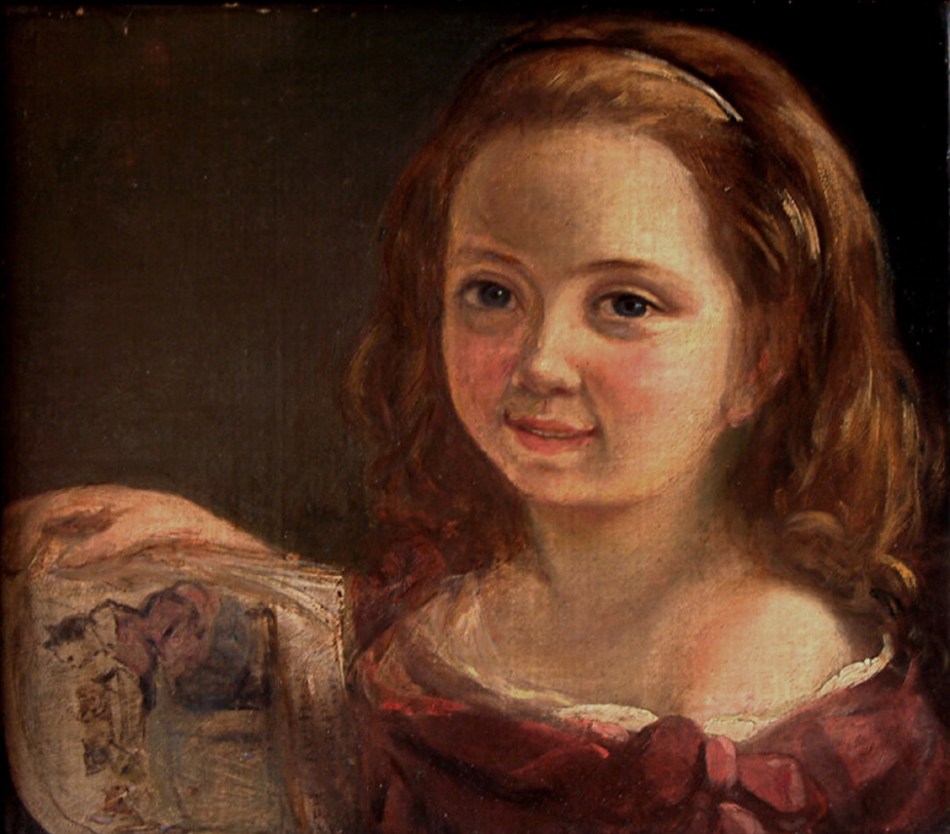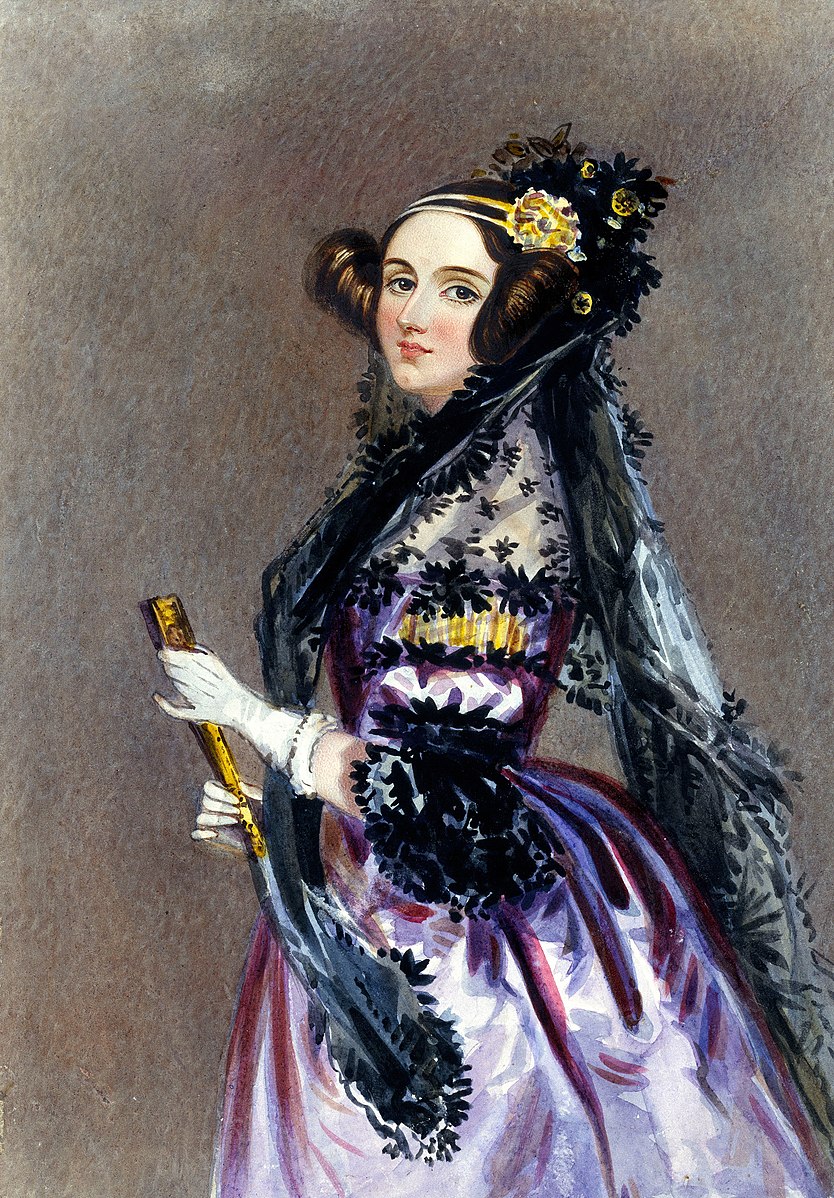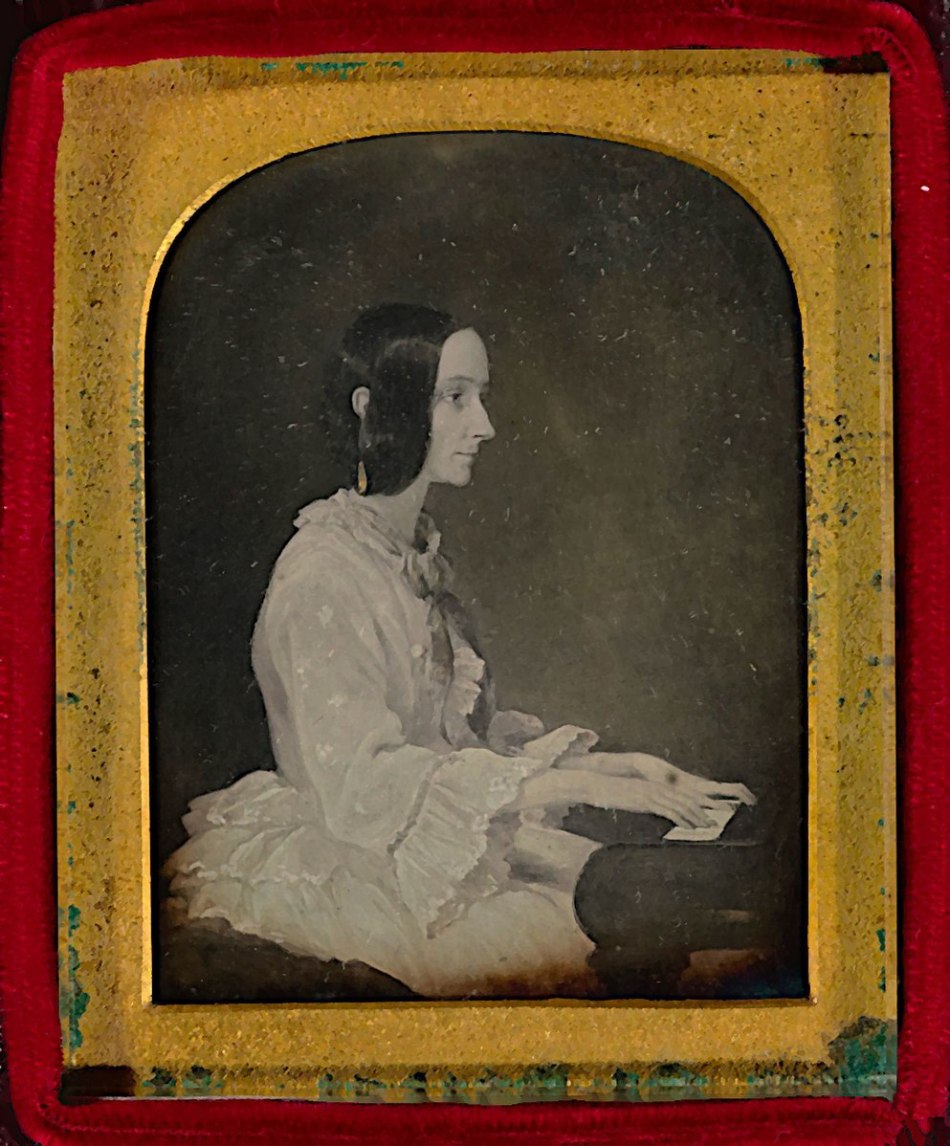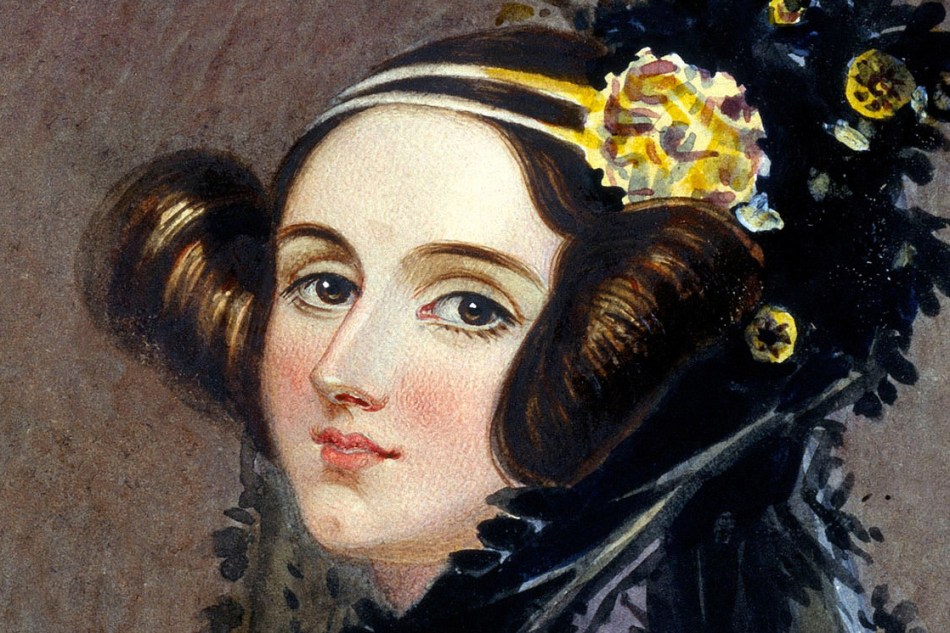Everyone has heard of Bill Gates and Steve jobs, right? These two men are modern giants of computer science. But what many of us rarely recall, if at all, is the contribution of women in this field, particularly Augusta Ada King, Countess of Lovelace. She is one of history most amazing women, especially her contribution to mathematics, logic and the early history of computers.
Ada Lovelace was born on 10th December 1815, as the only legitimate child of Lord George Gordon Byron, one of Britain’s greatest poets and his wife mathematician Lady Anne Isabelle Noel Byron. Interestingly, Ada’s mother Anne despised her father Byron so much, that she had Ada educated in mathematics to spite him. Anne had hoped that by channeling her daughters talents towards mathematics, Ada as she got older would lose interest in her father’s fondness for poetry and other vices. It unfortunately didn’t work. Ada would inherited many of his compulsions including a love for gambling. Ada was also often linked to assorted affairs with other men despite being married.
In spite of her urge to occasionally behave poorly, she was otherwise a very driven individual in a field of study (mathematics) that not many women excelled in. At the age of seventeen, she became friends with Charles Babbage, a mathematician and inventor, and grew fascinated by his idea to build an “Analytical Engine”. He only envisaged it as a calculator, but Ada realized the engine could represent more than just numbers with a wider potential. In 1843, Ada published a description of Babbage’s machine with extensive notes for how the machine might calculate a sequence of Bernoulli numbers (in collaboration with Babbage). This conceptual leap became the basis of the world’s first process or set of rules to be followed in calculation, very similar to how we use computers today. Furthermore, she hypothesized that the ‘Analytical Engine’ could likely be used to compose “elaborate and scientific pieces of music of any degree of complexity or extent.”

Given Ada’s contribution to early computing and standing in Victorian society, it comes as a surprise that there are only a handful of interesting portraits which exist of her. The first notable portrait is a likeness of Ada as a child, aged seven by amateur artist Alfred d’Orsay. Count d’Orsay painted Lord Byron’s daughter in 1822 during his visit to London in 1821-1822. History tells us that Lord Byron never got the chance to witness Ada grow up. A month after her birth in early 1816, Byron left his native England. Then some four months after his bitter separation from Lady Byron, he commemorated a poem to Ada that begins, “Is thy face like thy mother’s my fair child! ADA! sole daughter of my house and heart?”

The second is a 1836 portrait of Ada by English painter Margaret Sarah Carpenter. In this painting Ada is shown standing at the foot of a staircase in a white silver and red evening gown. It is also interesting that Ada is wearing on her head a tiara which has its roots in ancient tradition. It is said a tiara must only be worn by a bride or married woman. Lovelace was married in 1835 (a year before this portrait was commissioned) to William King-Noel, 1st Earl of Lovelace.

The third exceptional portrait of Ada is a three-quarter-length watercolour by the Swiss-born British portraitist Alfred Edward Chalon. His 1836 watercolor on paper shows Ada wearing an off-the-shoulder white dress with a red corsage. Most striking is Ada’s brown shoulder-length hair which is curled in loose ringlets. However one of the most intriguing aspect of Chalon’s portrait of Ada’s is her soft captivating gaze. By directly placing her gaze at the viewer, it shows Ada in an intimate, seemingly vulnerable moment.

The fourth notable portrait of Ada is often attributed to Alfred Chalon. We cannot be sure he painted Ada (again) in her tight curls, wearing the deep plum evening dress with a mantilla and holding a fan, but with his affinity for painting portraits of wealthy, prosperous Londoners, in which Ada was a respected noblewomen, who participated in intellectual pursuits, it just might be a telltale sign of Chalon’s handy work.

The final notable portrait of Ada sees her sitting at a piano in the final year of her life. It was painted in 1852 by Henry Phillips. Interestingly, Ada was in great pain at the time, suffering from uterine cancer which would eventually claim her life on 27 November 1852 at the age of 36. What is noteworthy about this painting was Ada’s willingness to sit for Henry Phillips. In the years before her father’s death Phillips’ father, Thomas Phillips, had painted Ada’s father, Lord Byron. The connection here shows us how interested Ada was in her father right up to her last breath. When she died, at her requested, she was buried next to him in Nottinghamshire.

That was really interesting – I didn’t know anything about her except recognising her name.
Great article Robert, and what an interesting woman, who’s story I was not familiar with. Your article prompted me to further explore both her and her famous father, who also had an incredibly interesting and complex life. Sadly, Lord Byron also died at 36.